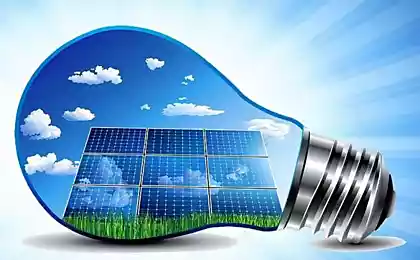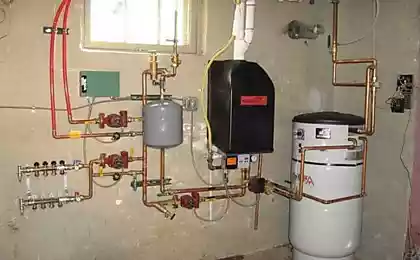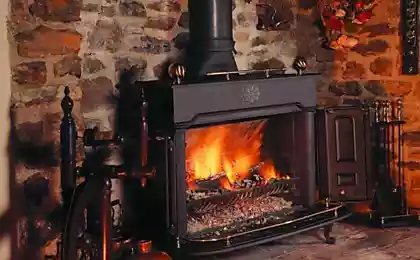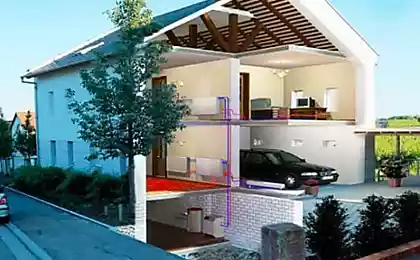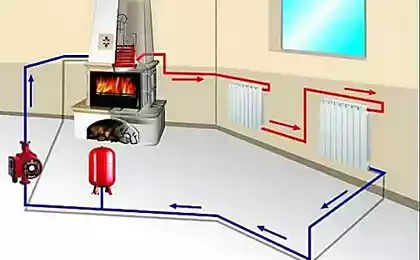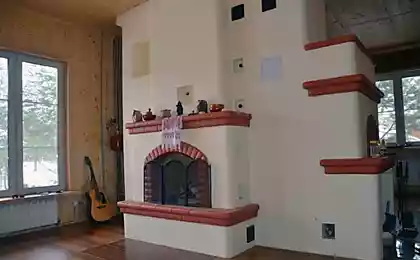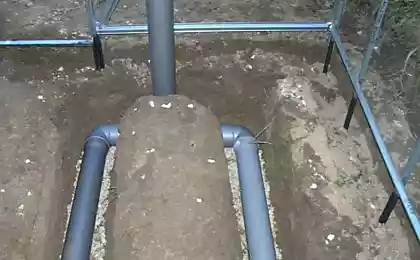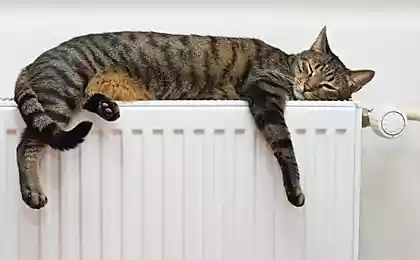551
Energy independence from the state alternative methods of home heating
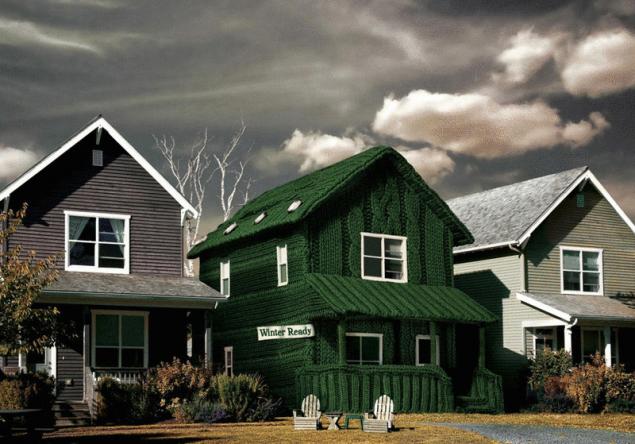
The disadvantages of Central heating
Reasons why traditional methods of heating of residential premises is not acceptable to consumers every day is increasing. And today they are not only local but also macroeconomic in nature. Traditionally, people had heated their homes by burning wood or coal. Over time, these types of natural fuel increased gas. However, heating in this way is becoming increasingly expensive. Natural resources are not infinite. Especially because coal, gas and oil are nonrenewable energy sources and their reserves on the planet are not infinite. Wood, as derived from forests, not a solution, not only because of the extremely slow recovery of deforestation, but also due to pollution of atmosphere by products of combustion. Realizing the situation, the transportation corporations never miss an opportunity to raise the price of natural gas. Miners of coal not far behind. Another factor influencing not only on the state of the pockets of private landlords, but the comfort level is tremendous inertia of centralized heating, the inability to respond flexibly to the change of the temperature of air outside the Windows, the enormous heat loss during transport from the manufacturer to the consumer. These and other causes are forcing homeowners to look for alternative ways to heat your home, and increasingly to examine renewable sources of energy. And the demand is known, creates supply.
The market of alternative heating
In nature there are several different ways of transferring heat from one object to another, namely:
pin in this case, heat is transferred by direct contact of objects. A hot object transfers heat to the relatively cold.
convection in this case heat is transferred through the intermediate coolant. For example, the traditional radiator heating, which heats the air which in turn heats the surrounding objects.
— radiative heating occurs by means of waves of the infrared spectrum. The last two of the principle developers are trying to use when designing new heating systems.
Solar collectors as heating appliances
One of the most effective ways of alternative heating is the use of solar energy. In recent years, the market appeared a large number of solar energy systems based on solar panels and solar collectors. The most widely used solar systems based on vacuum solar collectors. Solar collectors in recent years the development of efficient, which is important. This alternative heating option is easily integrated into the classical heating system. Installation of the solar collector does not cause any problems. Price of solar collector in recent years greatly decreased. The principle of operation of solar collector is that the solar radiation is absorbed posted on the panel collector pipes and then converted into heat. Tube, through which coolant is circulated, located at the center of the solar tube, transfer heat to the tube taprobanica.
Heat pumps are a completely different source of alternative heat. The principle of operation of heat pumps is fairly simple. The heat pump compresses (concentrates) ambient heat through the compressor. Thus, the thermal energy of relatively cool water, have higher concentration and hence temperature. On the same principle, heat can be drawn from the air. In practice this occurs as follows under the ground almost anywhere there is ground water, the Temperature of the aquifer is relatively constant (usually around 10). After the heat pump will produce compression, the water temperature at the outlet of the heating circuit will be about 60-70C.
By itself, the water, of course, not amenable to compression. The heat exchanger is compressed inert gas freon, which is very sensitive to temperature. Gas easily takes heat from groundwater and through the evaporator constituting the refrigerant circuit, from 10C water will have selected about 4C. In the same way heat can be selected and through the condenser. It is important that when installing such a system, the whole process of maintaining the temperature in the house can be entrusted to automation. Automation of the heat pump will be able to keep the right temperature in the house regardless of the weather conditions.
In the period from November to April, the temperature of groundwater ranges from 8 to 10C.
Heat pumps run on electricity, take warm water and drain well discharged already cooled water. Selected heat pumps the air duct is directed into the living room. As practice shows, this way cannot solve the problem of heating a medium-sized house approximately 80% of its total heat requirement. The power of the heat pump and its perimeter heat transfer system may be different.
Everything as always depends on money. So for heating the premises with area of 100 sq m will have to invest in equipment worth 4 to 6 thousand euros. For heating 200 sq.m. 8-10 thousand, respectively, and so on. Drilling operations can take 2-3 days, and the depth of the well for heat pump should be depending on the location within the range of 60 to 200 m. with a width of 10-15 cm on the positive side of this decision is the fact that the installation can even be applied on a small area of the site. The scope of work in the resuscitation area after the drilling is negligible. Installation of the heat pump has no effect on the level and temperature of groundwater, since the groundwater itself is not directly involved in the process of heat transfer. At the same time, the efficiency of the heat pump is highly. On average, spending 1 kW of energy for the movement of fluid into the earth and back, You receive output 5-6 kW of energy for heating.
According to rough estimates of heating on heat pumps is 5-6 times cheaper electric. The heat pump can operate in heating mode and, if necessary, and the a / C mode that allows you to maintain the house temperature from 16 degrees to 30 degrees. The heat pump is easy to use, explosion - and fireproof. But, as mentioned, initially it requires serious investment to implement this source of alternative heating.
Film heaters
Along with these increasingly as an alternative to gas heating used film heater PLEN. The film heater is, in essence, is a sandwich of a flexible tape (or should I say roll), consisting of two or more layers of Mylar film. Structurally there are two versions of the film heater:
1. between two layers of Mylar film is a resistive heating layer of a thin metal wire of high resistance.
2. the heating element is aluminium foil, which preliminarily the outer layer is Mylar film.
источник:blog.kazap.ru
Source: /users/1077
Cooking without gas: the ancient soup - plate on wood
French bulldog history and breed characteristics
